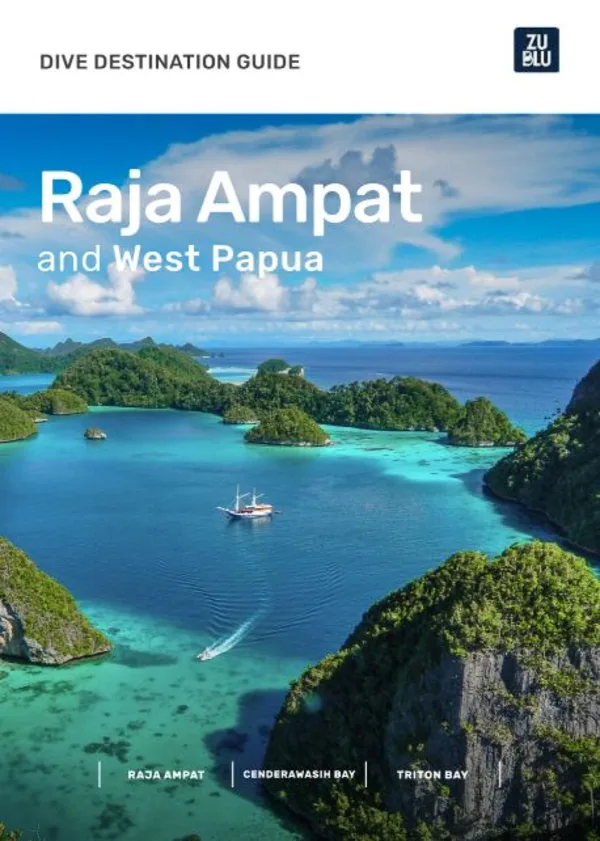As reported by the Bird’s Head Seascape Initiative, research undertaken since 2013 and published in Frontiers in Marine Science, has successfully documented the world’s first confirmed manta ray nursery in Raja Ampat’s Wayag Lagoon.
It has long been known that newborn reef manta rays live independently, without parental care. But, until now, the whereabouts and behaviour of juvenile manta rays during these early life stages remained a mystery.
Globally, only a small handful of locations have been proposed as potential manta ray nurseries, including the Flower Garden Banks and the southern coast of Florida in the Gulf of Mexico, Palmyra Atoll in the Pacific Ocean, the Maldives, and Indonesia’s Nusa Penida. Raja Ampat is also on the list, with four potential nurseries within its boundaries - the Fam Islands, Hol Gam, Ayau Besar Lagoon, and Wayag Lagoon.
Headed up by Edy Setyawan, manta ray researcher for the Bird’s Head Seascape and doctoral candidate at the University of Auckland, New Zealand, this recent study provides the most comprehensive and up-to-date description of how newborn and juvenile manta rays use Wayag Lagoon as a habitat for flourishing.
To be defined as a manta ray nursery habitat, an area has to meet the following three criteria:
- Newborn and juvenile manta rays are more commonly encountered in this area than in other areas
- Newborn and juvenile manta rays have a tendency to stay and/or return to this area for extended period
- The nursery area is used repeatedly by newborn and juvenile manta rays across years.
In order to prove Wayag Lagoon’s merit as a manta nursery, the team of Indonesian scientists conducted fieldwork every 3-6 months from 2013–2021, using multidisciplinary approaches, including photographic identification, drones, satellite tracking equipped with GPS, and passive acoustic tracking.

The team documented 34 juvenile reef manta rays from 47 individual encounters, nine of which were resighted at least once within Wayag Lagoon. While the rays were typically encountered feeding on or near the surface, the lagoon’s often murky waters and difficulties in getting close to the rays created challenges for photo-identification.
In 2015 and 2017, five juvenile rays were fitted with GPS equipped satellite tags to determine their home range. After tracking for 12–69 days, it was clear that these juveniles spent most of their time in the lagoon, only venturing out for a few days at a time to explore other areas around Wayag.
Nine rays were also fitted with acoustic transmitters, with receivers strategically placed in five sites inside Wayag Lagoon. Each transmitter has a unique code, allowing the presence of individuals to be identified and recorded.
Between May 2019 and September 2021, these juveniles were found to be inhabiting the lagoon for around 14.5 months, including a four-month period where they were detected continuously, every single day.
Overall, the results of this study provides more robust evidence that Raja Ampat in West Papua is an important habitat for Indonesia’s largest population of manta rays. But, as always, questions still remain.
Ready to explore the world newest Manta nursery?
Contact one of our dive travel experts today

ZuBlu is the leading dive travel agency to search, compare and book scuba diving travel worldwide.






